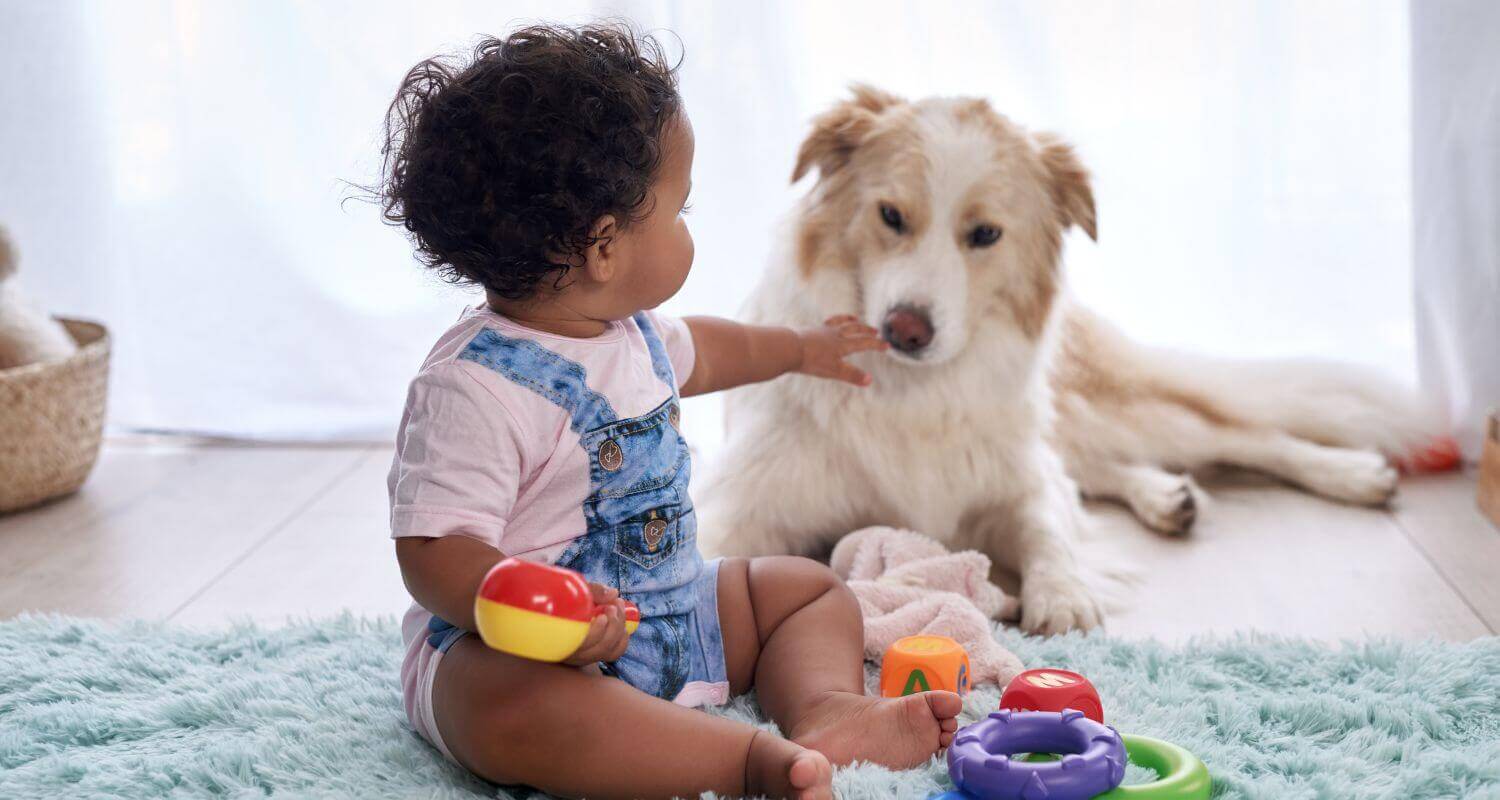It’s hard to resist a sweet little voice asking “Pleeeaaaase! Can we have a cat/dog/hamster?” Having an animal can be an incredible experience for a child, but it’s also an important responsibility. Teaching kids to care for pets is a crucial part of learning and becoming accountable for the well-being of their animal and keeping it a pleasure rather than a chore for the family.
Let’s explore 3 tips so that Snow the bunny can be cared for and loved by your little one as they both grow.
Age-appropriate pet care
Although your child might be very keen on doing a great job and following your instructions for caring for their pet, there are some limitations based on their age and abilities. Take the time to show, but also adapt certain tasks and simplify them so that your child can participate and take pride in their contribution no matter their age.
For example, it might not be possible for a toddler to clean a hamster’s cage, but he can certainly help fill it with clean straw. With age-appropriate tasks, your child can participate and grow their patience and kindness.
In addition, always be aware of how fragile or dangerous an animal can be. A miniature poodle might be a very small dog, but for a 5-year-old it can be difficult to handle the leach.
Learning to be gentle with animals
Having a soft touch and keeping a calm demeanour around animals are important skills to develop for little ones. Learning to be gentle is a big part of teaching kids to care for pets.
Start by showing how to pet with a soft hand and explain how the animal can get scared from screams or too much excitement. A child can understand how being loud and agitated can be fun for them, but scary and confusing for a dog or a cat.
Talking about it with them will also make them more aware of the reactions of their pet and make them more attentive to their own behaviour.
Learning to understand an animal’s behaviour
Even if you don’t have pets at home it is necessary for your child to be attuned to an animal’s behaviour. Whether in town with dogs at the park, or in the countryside with wild or farm animals, being able to understand an animal’s body language or other indicators can avoid potentially dangerous situations.
For example, a cat will purr and wave its tail when it is happy. Whereas a dog will growl to express aggressivity. Showing and explaining the contrast between the two animals is a good way to teach your kids about these two animals and what signs to be careful about.
It’s also important to teach your kid how to behave with new animals. For example, they can’t start petting a dog without checking that the dog is friendly first and asking permission from the owner.
Having a family pet can be a wonderful experience. I especially love how a little child can develop an incredible bond while learning to be more confident and develop empathy.
Want more? Check out my article on building self-confidence in your child.
Until next time, Tania xx

